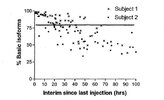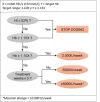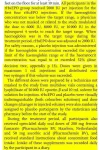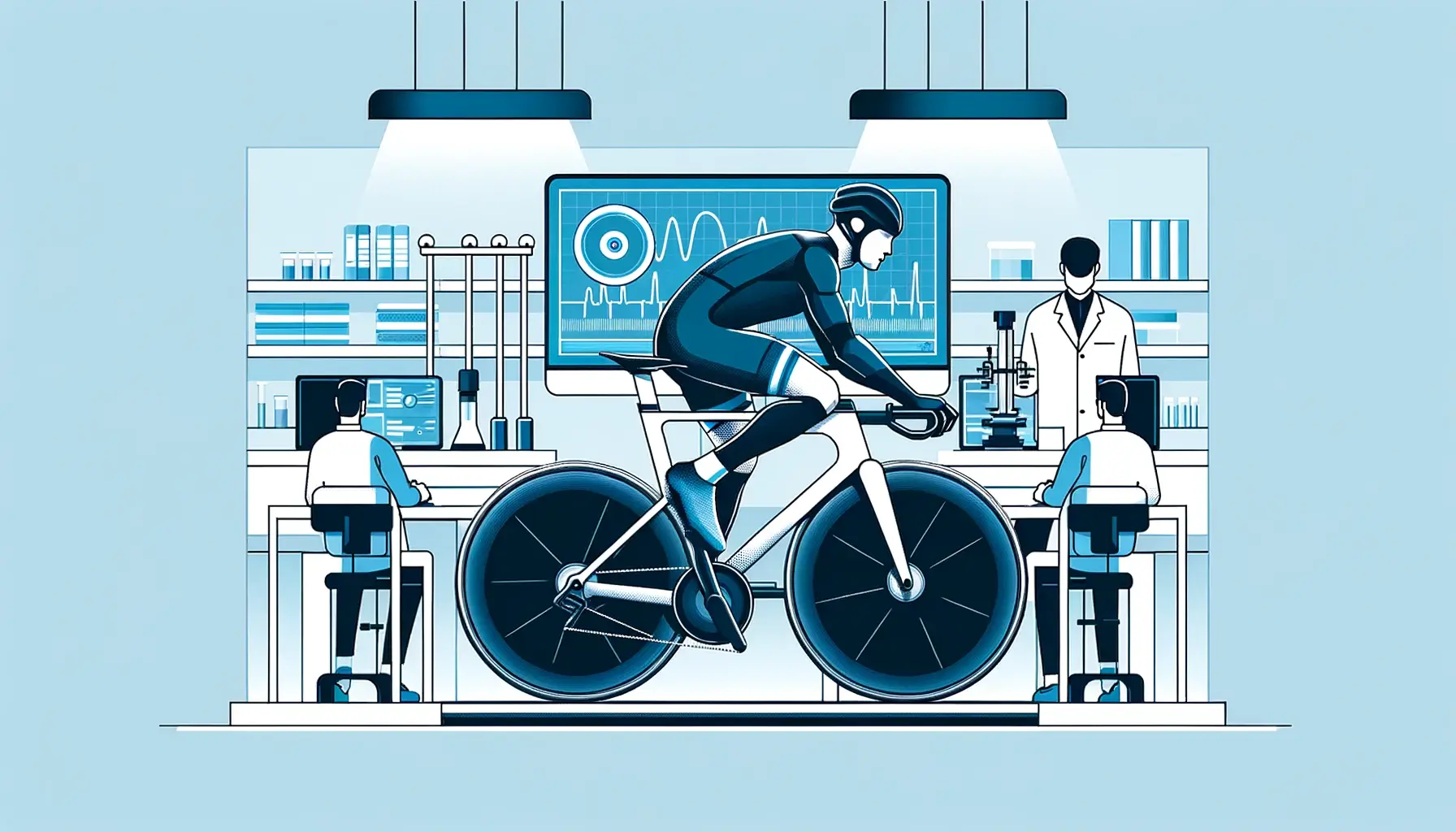Benf15harp
Member
Anyone familiar with microdosing EPO and if so, what’s the protocol? I can’t seem to find any info on the matter. Standard protocol I believe is something like kg/bw x 50iu so let’s say 4000iu 3x times per week for 2 weeks then 4000iu 1x per week for the remaining weeks (2-4)
Microdosing would seemingly be lower and more frequent but also for a longer duration. Like 1000iu eod for 8-10 weeks.
Any info would be greatly appreciated
Microdosing would seemingly be lower and more frequent but also for a longer duration. Like 1000iu eod for 8-10 weeks.
Any info would be greatly appreciated










